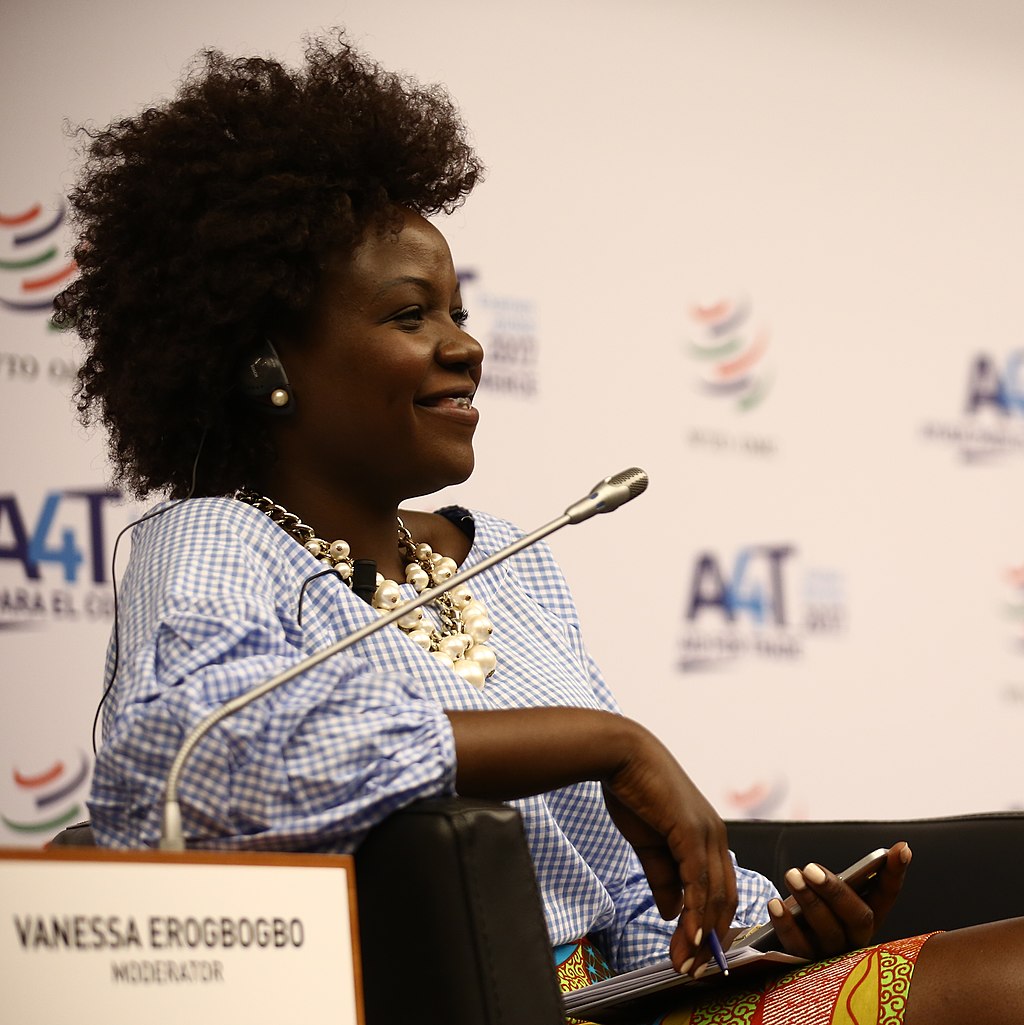Not only do economic fields recruit too few women, but progress in engaging women in economic programs and careers has stalled in the United States in recent years. That’s a problem, but one that students at the University of British Columbia are helping solve.
During spring 2019, Dr. Marina Adshade assigned students in her “Women in the Economy” course at the University of British Columbia to write Wikipedia biographies for women economists who were missing from the site. The assignment helps her students understand what a career in economics looks like, while also inspiring future generations by making the careers of women in economics more visible.
The biographies showcase diverse careers from around the world. Here are just a few women that you can now read all about on Wikipedia:
- Vanessa Erogbogbo is “a private sector development specialist with a focus on gender, trade and entrepreneurship.”
- Janet Tai Landa is “a Canadian economist, researcher, and professor” whose research focuses on how social norms play out through systems of commerce.
- Jiang Xiaojuan is a Chinese economist, politician, and President of the Chinese Public Administration Society. Her work as a member of the National People’s Congress focuses on “lawmaking, revision, enforcement, and supervision of social insurance, sports, and the protection of women’s and children’s rights.”
- Judith Maxwell is a co-founder of Canadian non-profit Synapcity, which seeks to include more voices in solving civic and community issues across Ottawa.

“One of the pleasures of this project is not only seeing more about the women I know, but learning about many women whose work I have not studied,” Dr. Adshade noted on Twitter. Dr. Adshade even invited local economists to meet her class, including Senior Deputy Governor of the Bank of Canada Carolyn Wilkins.
As Dr. Adshade was working her way through the new biographies students had moved from draftspace into Wikipedia’s mainspace, she noted the diversity of economists their work represented. “I am loving the mix of industry/banking/academia here.”
Engaging students in writing Wikipedia biographies like these is a unique opportunity. Students see different career paths that are possible for them, while at the same time recognizing the women who have paved the way.
-
Wiki Education’s resources are here to help!
It can be difficult to create new Wikipedia pages in general, but especially biographies. To warrant a biography on Wikipedia, the individual must be deemed “notable” by Wikipedia policy – meaning they have received significant coverage in reputable news and academic sources. Unfortunately, this policy disproportionately affects the creation of biographies for women, who just don’t get as much representation in the news as men do. That’s why engaging students in helping close the gender gap is so useful and important. They have access to sources through their institution that may be restricted to the general public. Summarizing and citing those sources in Wikipedia is a great way to share knowledge with the world that is typically housed within the academic silo.
Our student trainings and assignment templates help professors guide their students as they uncover resources and draft their work. And our Dashboard keeps track of the impact that students make through their writing. Students in Dr. Adshade’s course, for example, edited a total of 63 Wikipedia articles, 42 of which they created from scratch. As a class they added 123,000 words and more than 1,000 references. And articles they’ve worked on have received more than 900,000 pageviews since. There are few assignments that can boast such results.
Interested in incorporating a Wikipedia writing assignment into your course? Access our free tools and Dashboard technology at teach.wikiedu.org.
